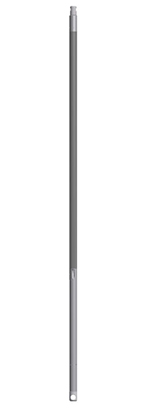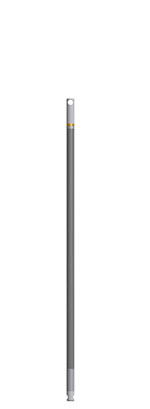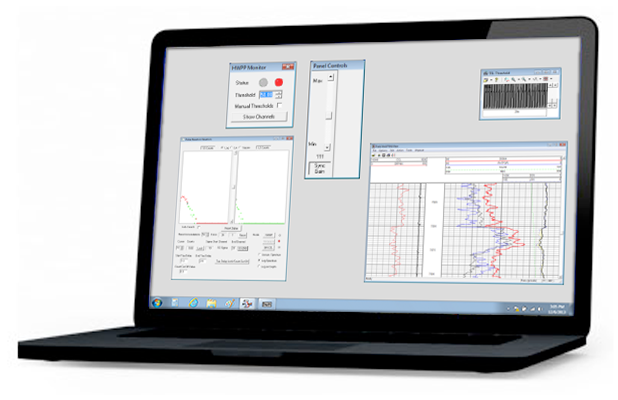Pulse Neutron Neutron (PNN)
MAX TEMPERATURE
300°F (150 °C)
MAX PRESSURE
15,000 psi (103.4 MPa)
TOOL LENGTH
223.94” (5,688 mm)
TOOL WEIGHT
75.06 lb (34.05 kg)
TOOL OD
1-11/16” (43 mm)
MIN HOLE DIAMETER
1-7/8” (47.6 mm)
MAX HOLE DIAMETER
9-5/8” (245 mm)
LOGGING SPEED
7 ft/min (2.14 m/min)
REC BORE HOLE FLUID
ALL
TOOL VOLTAGE
150 VDC
TOOL CURRENT
generator off (80 mA)
generator on (200 mA)
DETAILS
The Pulse Neutron Neutron Tool (PNN) is unique among thermal decay tools. Whereas typical Capture tools count gamma rays resulting from the capture of thermal neutrons by surrounding formation elements, the PNN measures the decay of the thermal neutron population directly through the use of 2 high efficiency Helium 3 detectors. The practical result of measuring the decay of the thermal neutron population directly rather than indirectly is that the PNN measurement is more pure and represents more accurately the Sigma values of the surrounding formation. In environments where the salinities and porosities are very low the PNN can differentiate water/ oil/ gas contacts where standard Capture tools fail. As well as finding the simple contact information, the PNN can also quantify saturations in these difficult formations where other tools may only give qualitative information at best. Also in older wells where the tubulars and surrounding formations can be contaminated with radioactive salts deposited from years of production, the PNN is completely unaffected by these extraneous gamma rays because the PNN measures only neutrons which are not naturally occurring in nature. Traditional tools need to correct for this high gamma ray environment further reducing their accuracy. All of this makes the PNN tool, in conjunction with Hotwell’s PNN processing and analysis, a competitive behind-casing formation evaluation tool for high to moderate water salinity formations and the ultimate thermal decay tool for evaluation of lower salinity and lower porosity formations.





